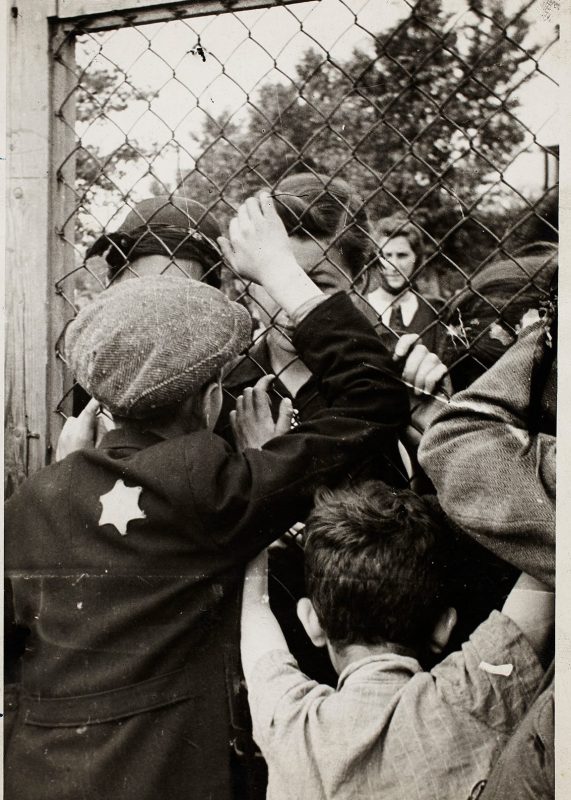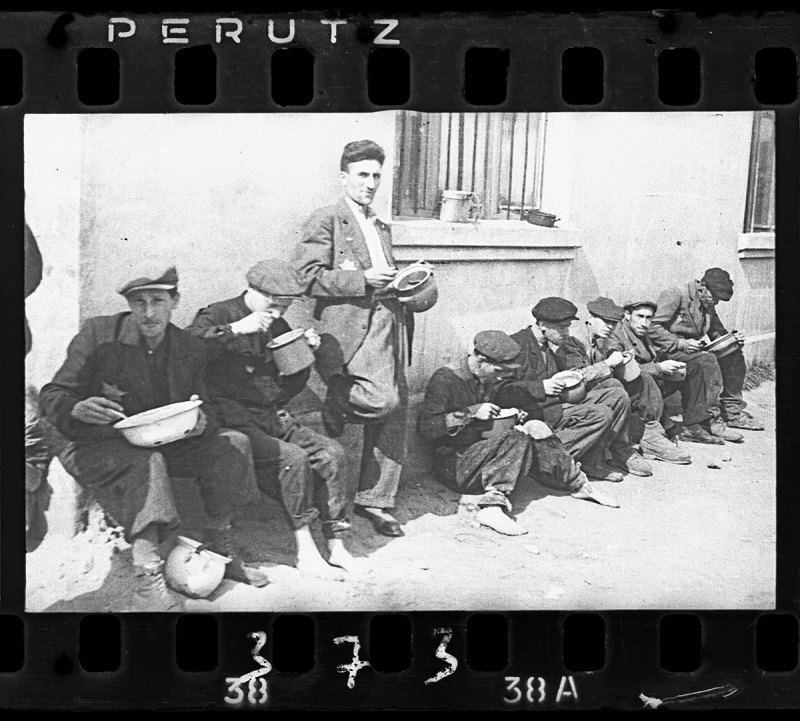
Would you have risked your life to document Nazi oppression while living under their reign? That’s what Jewish photographer Henryk Ross did in Lodz, Poland during World War II.
Ross, a sports and news photographer, was working in the then-bustling town of Lodz, Poland, when the Nazis invaded in 1939. The Jewish population was quickly rounded up and imprisoned in walled-off ghettoes. The Reich Office of Statistics decided to take advantage of Ross’s photo skills, making him stage propaganda shots and identification images of the Jewish inhabitants. Since his job involved photography, he was one of the few people allowed to carry a camera.
Still, the Nazis wanted Ross to create the illusion of a beautiful life. He realized that photographing the realities of the ghettoes—which were plagued by starvation, disease, and ruthless violence from the Nazis—was more important but involved risking his own life. So Ross snapped unauthorized photos behind dilapidated walls, underneath the folds of his clothes, and when he thought no one was looking.
“I did it knowing that if I were caught my family and I would be tortured and killed,” Ross has said.
Lodz ghetto: Henryk Ross photographing for identification cards, Jewish Administration, Department of Statistics (Henryk Ross/Art Gallery of Ontario)
Then, in 1944, as it became increasingly clear that the Nazis were moving the inhabitants of the ghettoes to concentration camps, Ross collected approximately 6,000 of his negatives and buried them in metal boxes near his home, in the hopes that someday someone would find them and see the ugly truth of Nazi oppression.
A year later, the Soviet Army arrived in Poland, liberating the camps. Then, Ross was able to return to the burial site and salvage at least some of the negatives.
Among the horrific images he documented: people rummaging through the trash for food, young boys being carted off like cattle to a death camp, a bleeding man lying in the street without medical attention, and people facing mass deportations. But there were a few glimpses of light within all the darkness, too. Like the wedding photo of a young couple. Or the mother smiling with her baby. Images that capture the faith and resilience of the human spirit.
Hundreds of his photos, taken in Lodz between 1940 and 1944, are now on display at Museum of Fine Arts Boston through July 30 in an exhibition titled “Memory Unearthed: The Lodz Ghetto Photographs of Henryk Ross.”
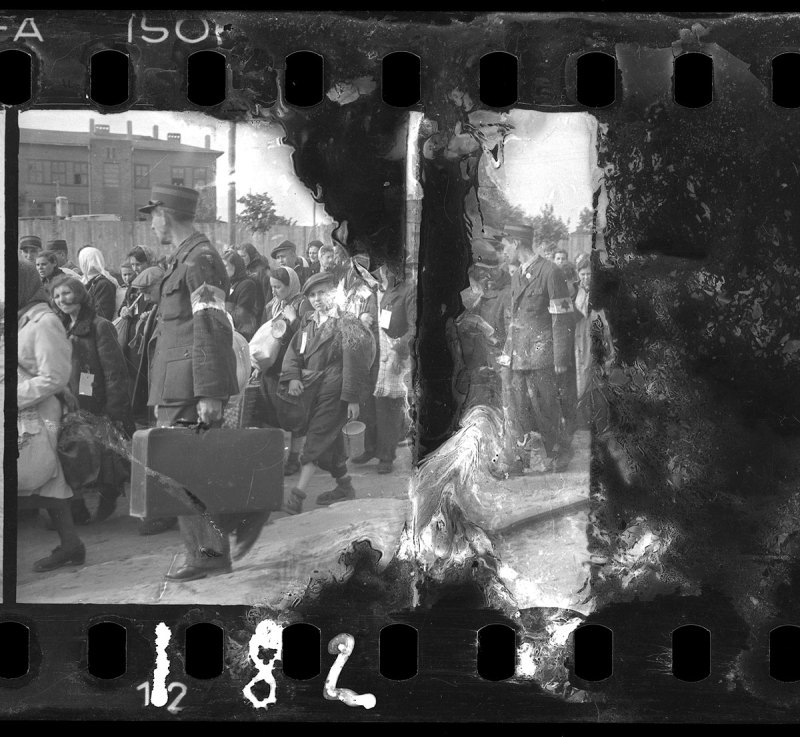
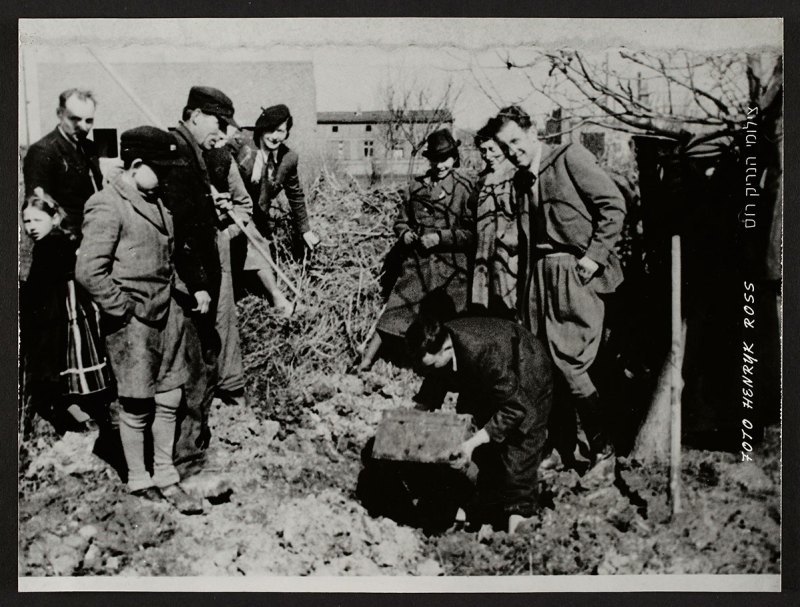
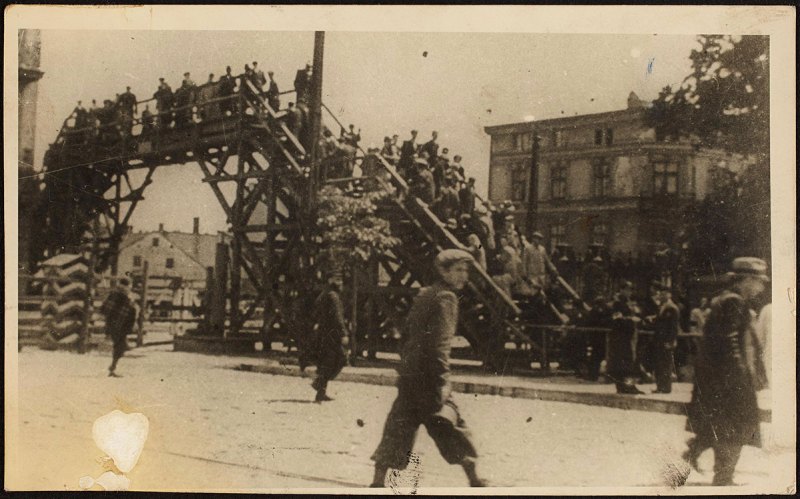
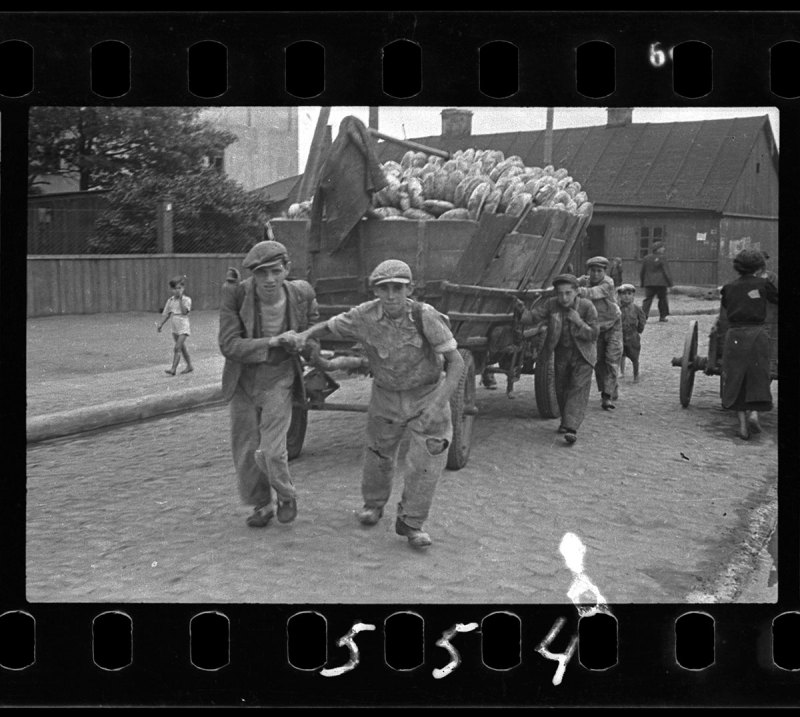
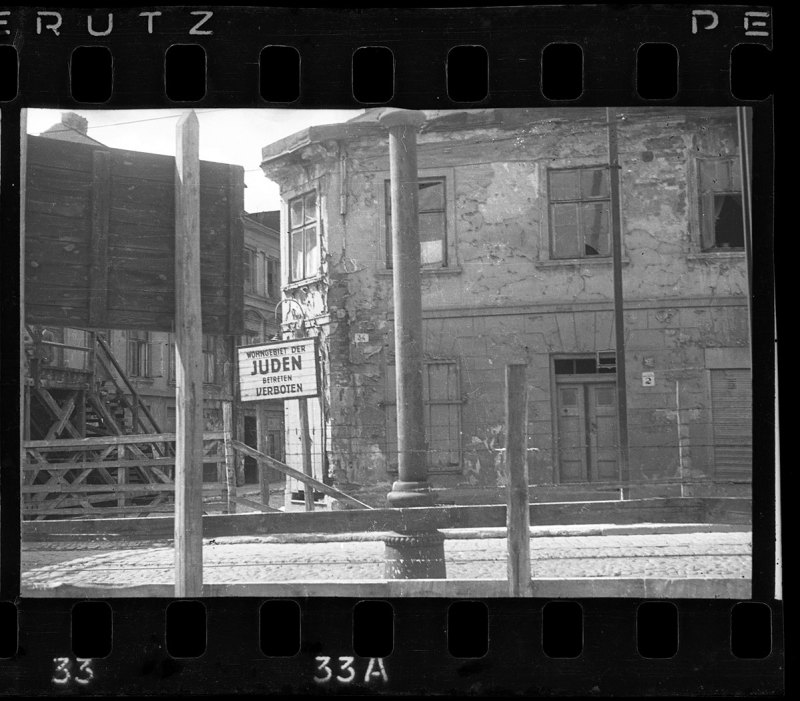

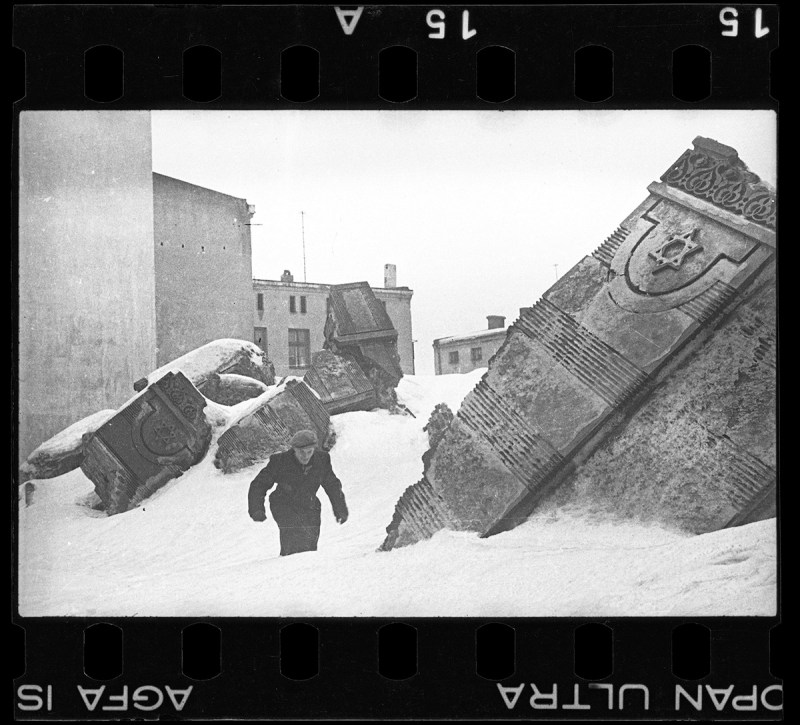
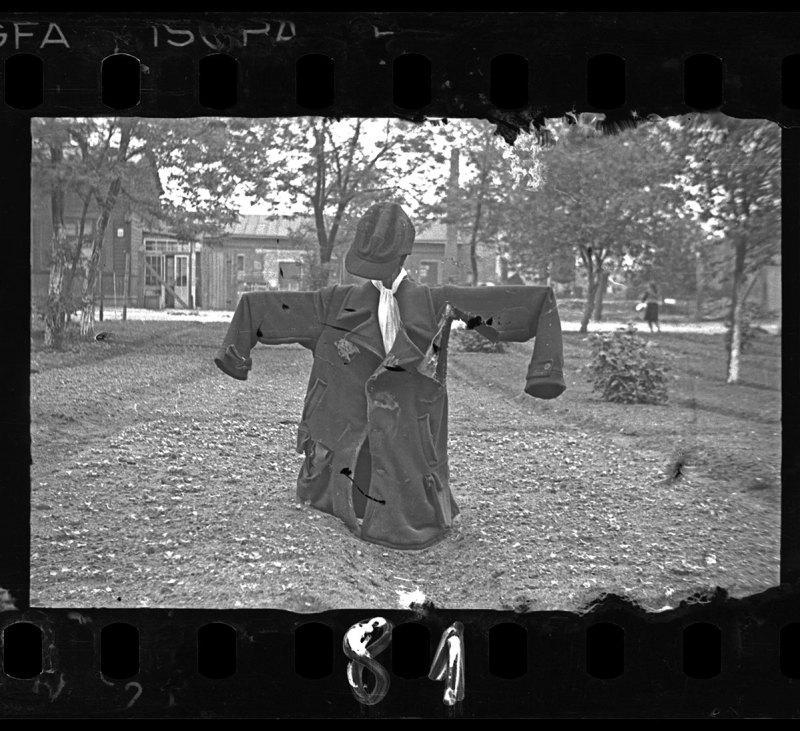
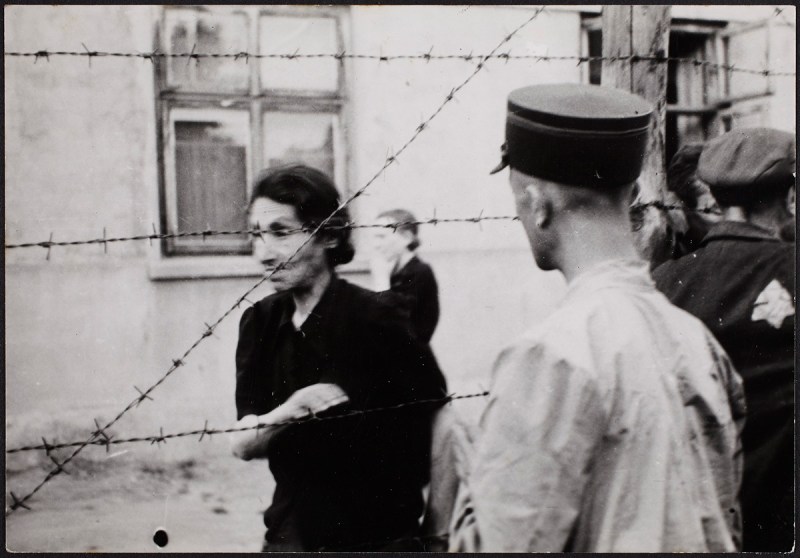
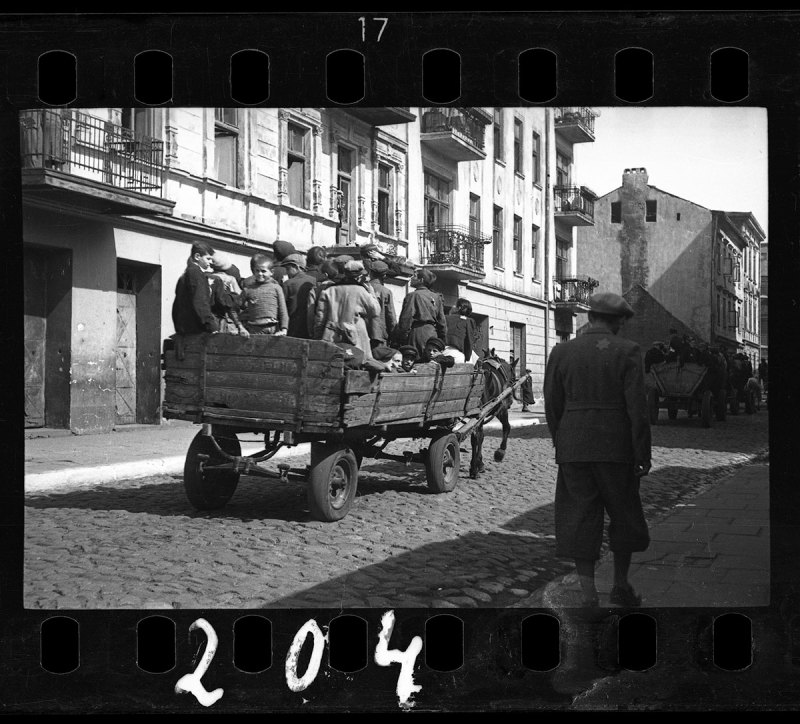
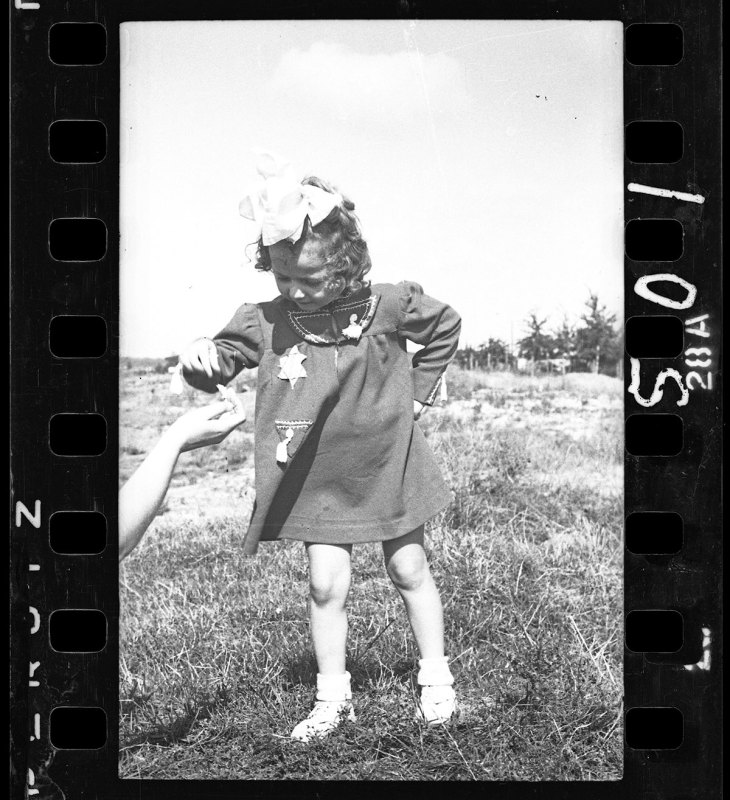
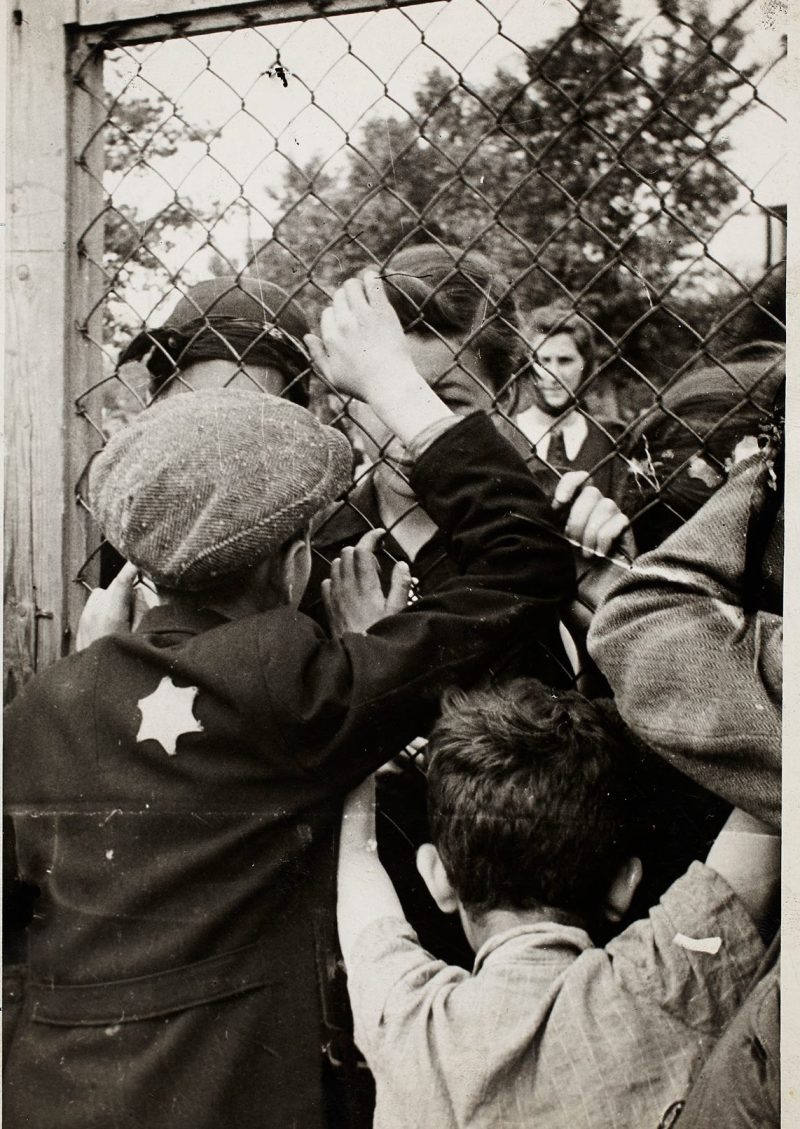
—RealClearLife
This article was featured in the InsideHook newsletter. Sign up now.
